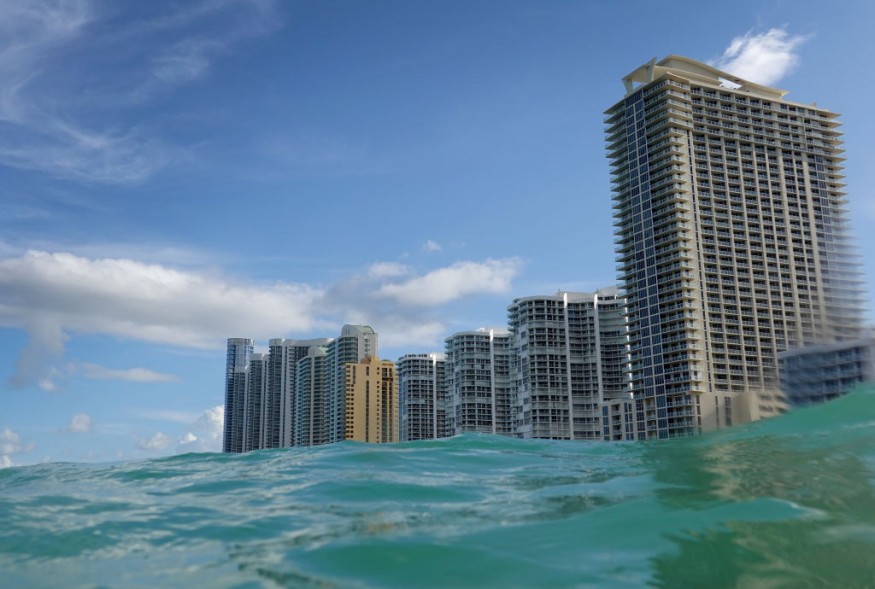
A growing climate crisis while on the verge of a pandemic is not something the world can just brush off. Most especially, it's not something you can address without having a large sum of money.
While both issues are equally important, it had been speculated that the funds used to restructure economies when the global pandemic was at its peak could have been appropriated in a "more visionary manner", according to a study by Johns Hopkins University researchers.
The findings reported by Earth.com show that the funding of over $13 trillion COVID-19-related stimulus packages from 19 countries and the European Union could have been used to address climate crises.
The details of the study which were published in the journal Nature reveal that the vast majority of pandemic economic recovery packages from the world's largest economies are not spent on emissions cuts despite promises to 'build back better'.
Worse, the authors find that three percent of the money was spent to support projects that are likely to increase greenhouse gas emissions.
Failure towards greener economies
The study highlights negligence of governments in spending unprecedented amounts to avert the global recession caused by the COVID-19 pandemic.
"These economic recovery packages provided an opportunity for countries, including the United States, to really envision what they want their economies to look like going forward," said co-author Scot Miller, an assistant professor of environmental health and engineering at Johns Hopkins. "The pandemic could have been an opportunity to push countries toward greener economies and a lot of governments have failed to do so."
The team analyzed each country's stimulus policy starting 2020 into 2021 and identified portions of the funds that went to projects that would lower greenhouse gas emissions, those that would increase them and those that present no impact at all.
As of this writing, of the green stimulus measures, only about 27 percent would directly reduce greenhouse emissions, while the remaining 72 percent would have only an indirect impact.
Climate protection over economic growth
According to lead author Jonas Nahm, assistant professor of energy, resources, and environment at Johns Hopkins' School of Advanced International Studies, "governments could have intervened in the economy in a way that changed everything, getting together to do something really big to meet the climate challenge." Instead, the vast majority of the spending "has very tenuous relations to emissions", which the team found "very disappointing."
In terms of priorities, governments clearly failed to turn the recession into an opportunity to combine climate and economic objectives to target emissions-reducing activities.
Unfortunately, trillions of dollars pledged by countries around the world were spent mainly on unconditional checks issued to individuals and businesses, when it could have been invested in technology, infrastructure, and research and development to meet the climate goals of the Paris Agreement, creating jobs and achieving economic recovery at the same time.
"If there was ever an opportunity to tie economic recovery with these climate goals that are drawing closer by the day, this would have been the time to do it," Miller said.
© 2025 NatureWorldNews.com All rights reserved. Do not reproduce without permission.





